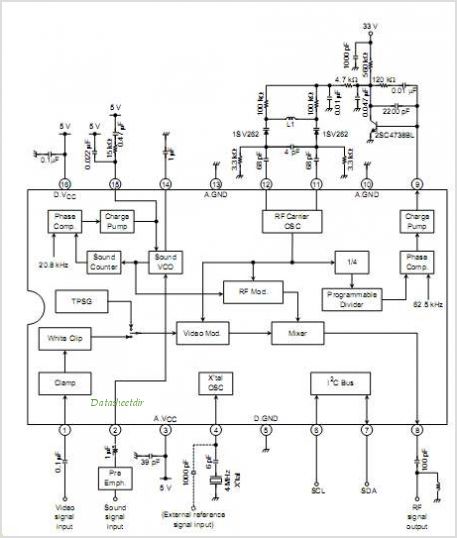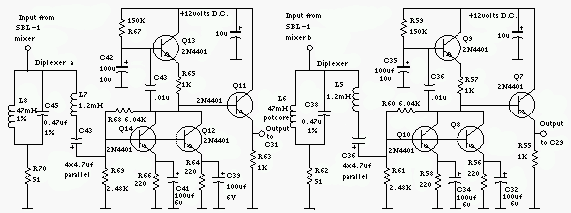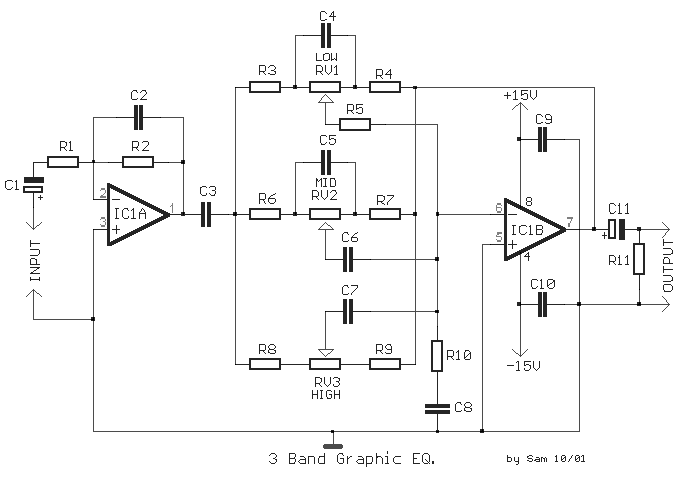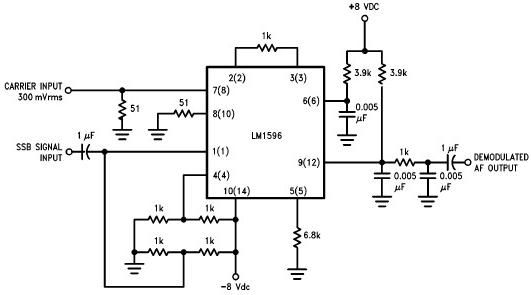
TA1326FNG UHF Band RF Modulator IC For VTRs

The TA1383AFG integrates an NTSC chroma decoder, a multi-point scan sync processor (equivalent to pin D4), and an H/V frequency counter in a 30-pin flat package. This integrated circuit (IC) is suitable for double scan televisions manufactured by Toshiba Semiconductor.
The TA1383AFG is designed to enhance the performance of television systems by providing essential functions for video signal processing. The NTSC chroma decoder is responsible for demodulating the color information from the composite video signal, allowing for accurate color reproduction on the display. This function is critical in ensuring that the colors are rendered correctly, which is vital for viewer satisfaction.
The multi-point scan sync processor enhances the synchronization of the scan signals, which is crucial for maintaining a stable and flicker-free image on the screen. By processing the horizontal and vertical sync signals, the IC ensures that the television can correctly display the incoming video signal, regardless of the source.
Additionally, the H/V frequency counter allows for precise measurement of the horizontal and vertical frequencies of the incoming video signal. This feature is particularly useful for troubleshooting and calibrating television systems, as it enables engineers to verify that the television is operating within the correct frequency ranges.
The 30-pin flat package design of the TA1383AFG facilitates easy integration into various television circuit designs, making it a versatile choice for manufacturers. Its compact size and efficient design contribute to the overall performance and reliability of double scan television systems, ultimately enhancing the viewing experience for consumers.TA1383AFG integrates an NTSC chroma decoder, multi-point scan sync processor (equivalent to pin D4), and H/V frequency Counter in a 30-pin flat package. The IC is ideal for double scan TVs By Toshiba Semiconductor 🔗 External reference
The TA1383AFG is designed to enhance the performance of television systems by providing essential functions for video signal processing. The NTSC chroma decoder is responsible for demodulating the color information from the composite video signal, allowing for accurate color reproduction on the display. This function is critical in ensuring that the colors are rendered correctly, which is vital for viewer satisfaction.
The multi-point scan sync processor enhances the synchronization of the scan signals, which is crucial for maintaining a stable and flicker-free image on the screen. By processing the horizontal and vertical sync signals, the IC ensures that the television can correctly display the incoming video signal, regardless of the source.
Additionally, the H/V frequency counter allows for precise measurement of the horizontal and vertical frequencies of the incoming video signal. This feature is particularly useful for troubleshooting and calibrating television systems, as it enables engineers to verify that the television is operating within the correct frequency ranges.
The 30-pin flat package design of the TA1383AFG facilitates easy integration into various television circuit designs, making it a versatile choice for manufacturers. Its compact size and efficient design contribute to the overall performance and reliability of double scan television systems, ultimately enhancing the viewing experience for consumers.TA1383AFG integrates an NTSC chroma decoder, multi-point scan sync processor (equivalent to pin D4), and H/V frequency Counter in a 30-pin flat package. The IC is ideal for double scan TVs By Toshiba Semiconductor 🔗 External reference





